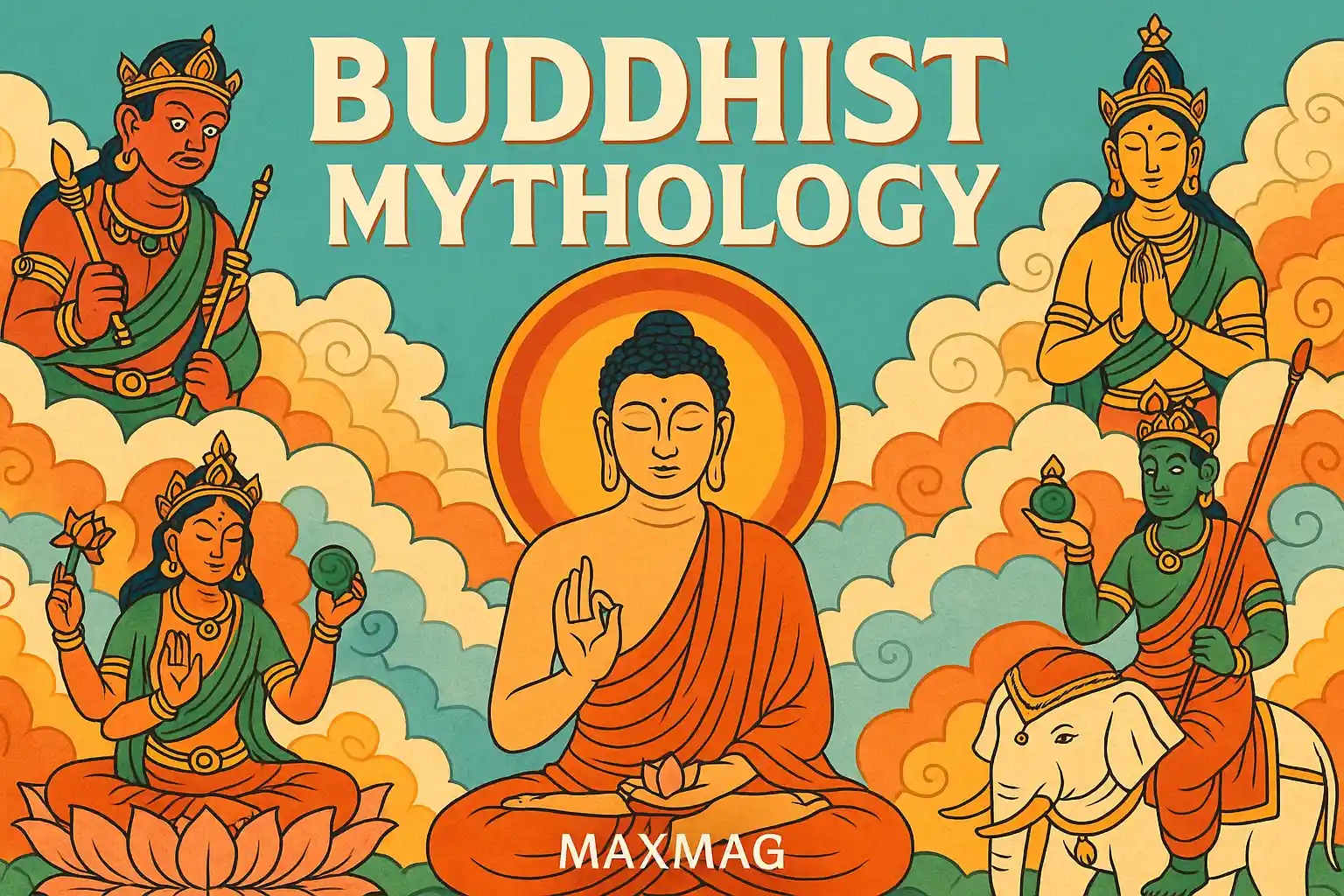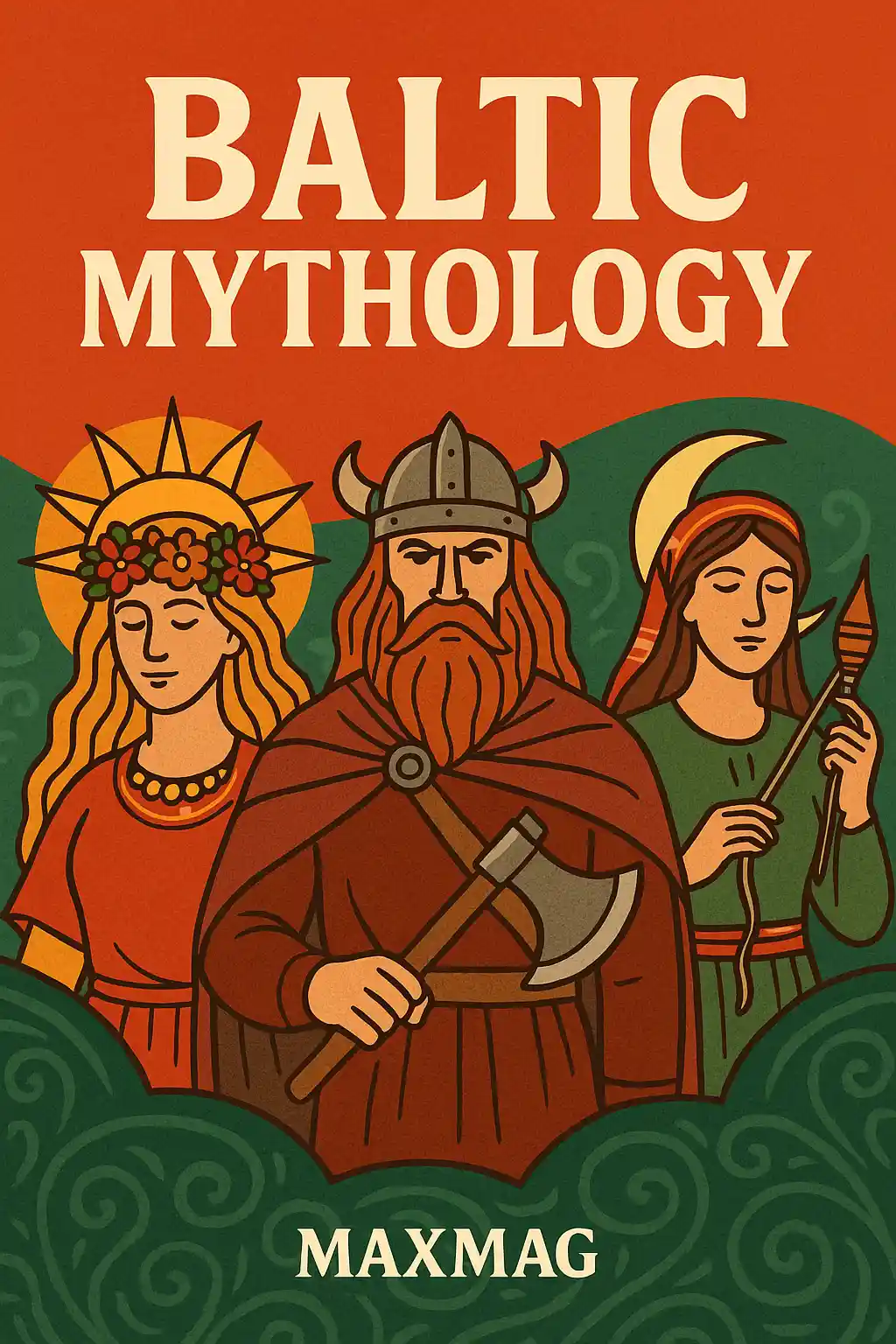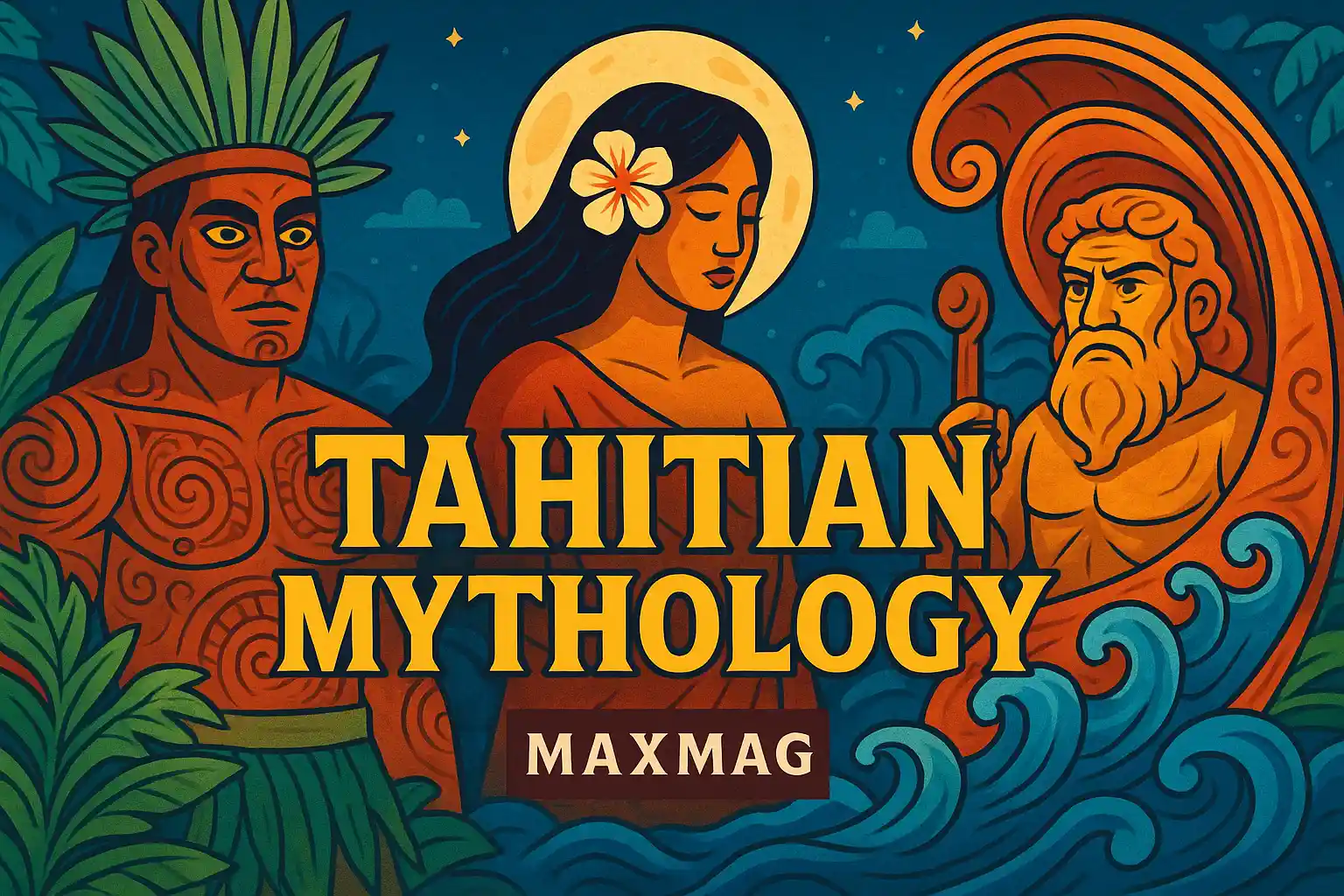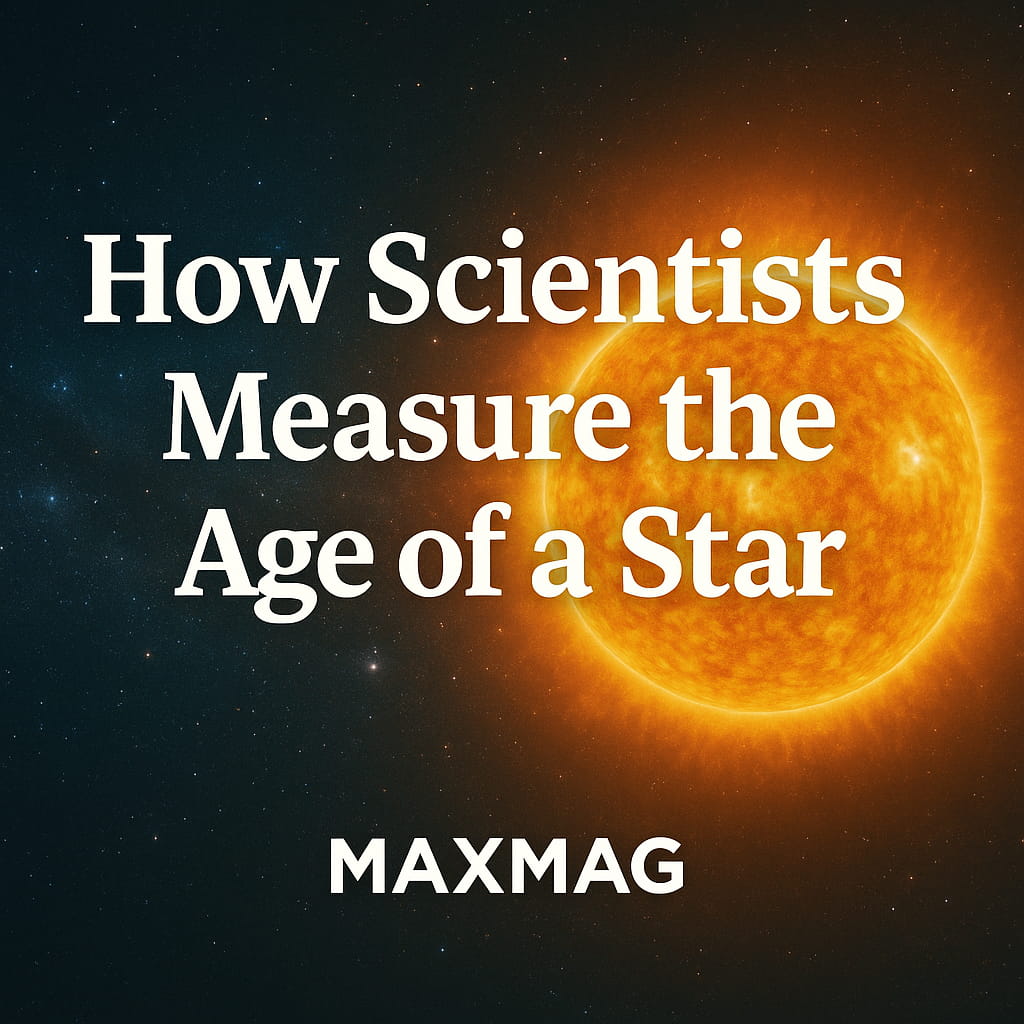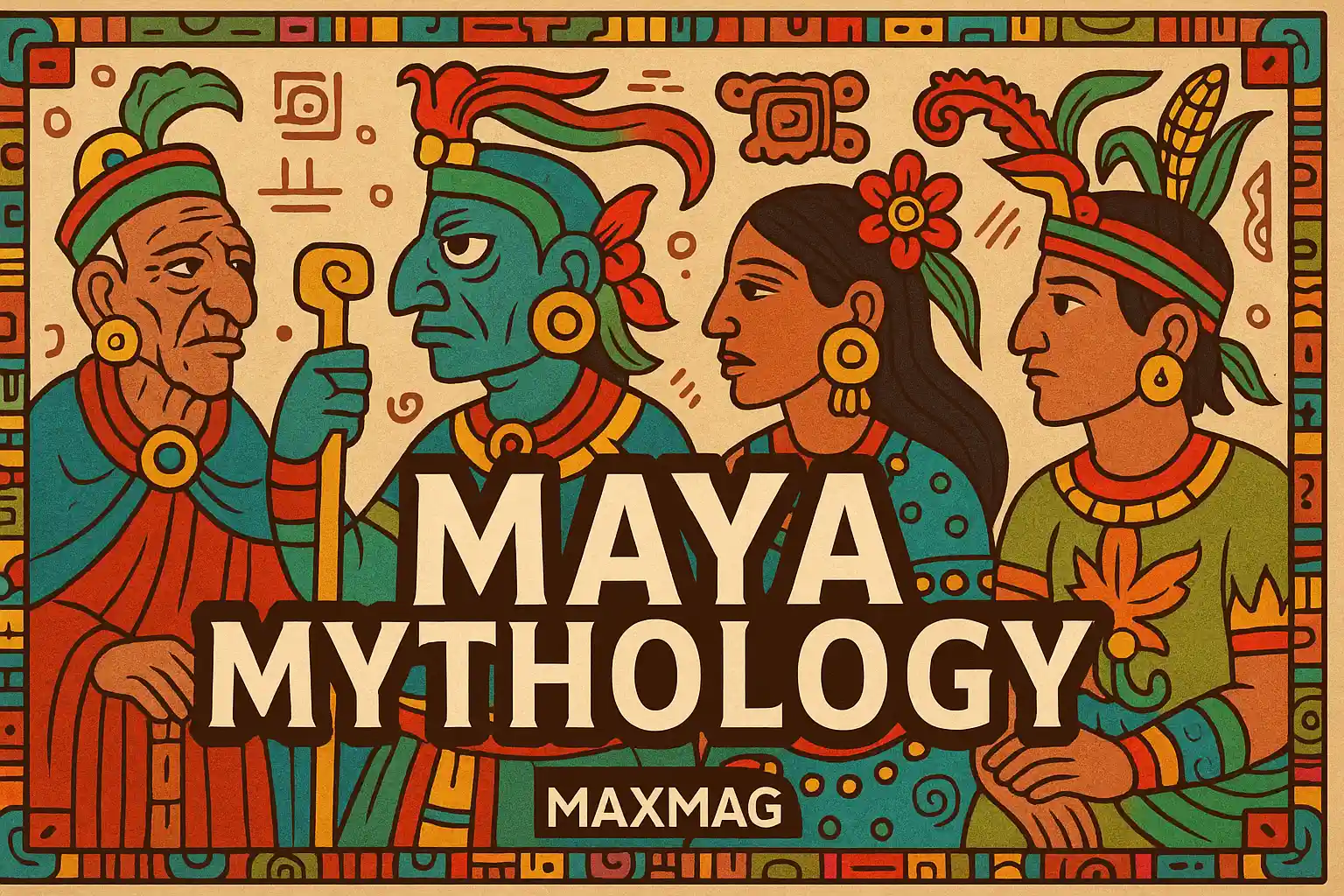 The ancient Maya civilization, renowned for its mathematics, astronomy, and architecture, also fostered one of the richest and most intricate belief systems of the ancient world. Maya mythology, at its core, was more than just storytelling—it was a sacred framework that structured society, time, and the cosmos. These stories were passed down orally through generations before being recorded in texts after the Spanish conquest. They reflected a vibrant cosmology shaped by gods, animals, natural elements, and cycles of life, death, and rebirth. The myths served not only as spiritual guidance but also as political tools used by rulers to legitimize their power and divine descent.
The ancient Maya civilization, renowned for its mathematics, astronomy, and architecture, also fostered one of the richest and most intricate belief systems of the ancient world. Maya mythology, at its core, was more than just storytelling—it was a sacred framework that structured society, time, and the cosmos. These stories were passed down orally through generations before being recorded in texts after the Spanish conquest. They reflected a vibrant cosmology shaped by gods, animals, natural elements, and cycles of life, death, and rebirth. The myths served not only as spiritual guidance but also as political tools used by rulers to legitimize their power and divine descent.
Origins of Maya Mythology: The Popol Vuh and Sacred Texts
The most important source of Maya mythology is the Popol Vuh, a 16th-century manuscript written in Classical K’iche’ Maya by anonymous Indigenous authors using Latin script. This sacred book outlines the Maya creation myth, heroic journeys, cosmological order, and genealogies of kings and lords. In its narrative, we encounter the Hero Twins—Hunahpu and Xbalanque—who descend to the underworld to defeat the lords of death and restore cosmic harmony. Through their trickery and trials, the Hero Twins ultimately become celestial bodies, representing the sun and the moon.
The Popol Vuh is often considered the “Maya Bible,” but it is not the only surviving source. Other critical texts include the Chilam Balam books and the Dresden Codex, which offer insight into the ritual calendar, divination, and astronomical cycles. These works together showcase how Maya mythology was deeply embedded in celestial movement, natural phenomena, and moral instruction. Researchers at the American Museum of Natural History have emphasized how the intricate Maya calendar system and myth cycles were tightly interwoven.
Get the best of tech, movies, and culture from MaxMag — weekly.
SubscribeThe Three-Tiered Cosmos: Sky, Earth, and Underworld
In Maya cosmology, the universe is structured into three realms:
- The heavens (Upperworld): Home to celestial deities, stars, and planetary spirits.
- The earthly realm: The space where humans, animals, nature, and kings interact.
- The underworld (Xibalba): A realm of darkness governed by death gods and dangerous trials.
These realms are interconnected by the World Tree, or Yaxche, typically depicted as a great ceiba tree whose roots extend into Xibalba, trunk supports the human world, and branches stretch into the heavens. This vertical axis—a cosmic ladder—is reflected in Maya pyramids, which were intentionally designed to serve as symbolic portals between realms. Maya cities like Tikal and Palenque have temples aligned with this spiritual axis. Archaeologists at the Smithsonian Institution have shown how these alignments were not random but deeply connected to cosmological beliefs.
The idea of sacred geography was not abstract; it was physically present in every city, temple, and altar. Rituals were performed at key locations to activate these cosmic connections, reaffirming the Maya’s belief that human action could influence divine forces.
Major Deities in Maya Mythology
Itzamna: The Supreme Creator
Itzamna is one of the most important gods in Maya mythology, considered the creator of the world, humans, and the calendar. Often shown as a wise, elderly man with a hooked nose and a toothless mouth, he was the god of writing, wisdom, and medicine. Itzamna was also closely linked to the sky and celestial order. As the father of other important gods, including the sun and moon deities, he symbolized divine authority and continuity.
He is often mentioned in inscriptions alongside royal names, underscoring his role in legitimizing power. Itzamna’s influence stretched beyond religion into governance, education, and even agriculture. In rituals, scribes and priests invoked him when reading codices or performing calendrical calculations.
Ix Chel: The Goddess of the Moon and Fertility
Ix Chel, sometimes spelled Ixchel, was a powerful and multifaceted goddess representing fertility, childbirth, medicine, weaving, and the moon. She was often shown holding a serpent or pouring water from a vessel, signifying both life and destruction. As the consort of Itzamna, she played a vital role in both creation and daily life.
Ix Chel also had a darker side, appearing as a crone during times of death, storms, and natural disasters. Women, especially midwives and healers, worshipped her through offerings and pilgrimages, particularly to her sanctuary on Cozumel Island. Her dual nature exemplifies the Maya belief in balance—where life cannot exist without death, and growth without destruction.
Chaac: The Rain God
Chaac was the powerful and unpredictable rain god, responsible for storms, rain, and agricultural fertility. He was portrayed with reptilian features, often carrying an axe to produce thunder and lightning. Farmers revered Chaac and held ceremonies to summon rainfall, including offerings cast into sacred cenotes (limestone sinkholes).
Rituals to Chaac were elaborate and sometimes involved child sacrifices during severe droughts. His favor was essential for the survival of maize, the cornerstone of the Maya diet. Each region had its own localized version of Chaac, reflecting how natural forces were deeply personified and integrated into Maya mythology.
Hun Hunahpu: The Maize God
The myth of Hun Hunahpu, father of the Hero Twins, symbolizes the sacredness of maize. Killed and buried in Xibalba, his decapitated head becomes a calabash on a tree, which magically impregnates a maiden. Through this, the Hero Twins are born, and Hun Hunahpu is reborn as the Maize God.
This narrative illustrates the cyclical nature of life and death central to Maya thought. Maize was not merely a food crop; it was the flesh of humanity itself. This god represented abundance, renewal, and cosmic justice. Temples across the Maya lowlands feature iconography of the Maize God in flourishing poses, often surrounded by vegetation and symbols of rebirth.
K’awiil: God of Lightning and Royal Power
K’awiil, known for his serpent leg and smoking forehead torch, was associated with dynastic lineage, fertility, and lightning. He appears frequently in royal stelae and codices, especially during coronation ceremonies. Kings claimed descent from K’awiil to reinforce their divine right to rule.
He embodied transformation, combining elements of fire, agriculture, and divine wrath. His lightning bolt was not just destructive but also generative, symbolizing fertilization of the earth. Through K’awiil, we see how Maya mythology wove together natural forces and political ideology.
 The Hero Twins: Champions of the Living World
The Hero Twins: Champions of the Living World
Among the most celebrated figures in Maya mythology are the Hero Twins, Hunahpu and Xbalanque. They represent bravery, wit, and cosmic balance. Their journey to Xibalba, the underworld, is filled with trials including ballgames, illusions, and trickery. They ultimately defeat the death lords through cleverness and sacrifice, becoming celestial bodies in the sky.
The story of the Hero Twins is more than myth; it served as a cultural script for rituals, ballgames, and performances across the Maya world. Murals and ceramics from sites like Copan and Bonampak depict scenes from their adventures. Their narrative taught moral lessons about courage, loyalty, and the triumph of light over darkness. A modern appreciation of this story is echoed in today’s storytelling in Mesoamerican communities and inspired modern art and literature.
Time, Calendars, and Prophecies
The Maya perceived time as a sacred, repeating cycle governed by celestial rhythms. Their calendar systems were remarkably precise. The Tzolk’in (260-day ritual calendar) and Haab’’ (365-day solar calendar) interlocked to create a 52-year Calendar Round. Beyond this, the Long Count calendar tracked historical epochs.
Each day carried spiritual significance. Priests used divination and astronomy to select favorable dates for rituals, battles, and agriculture. Time itself was deified and influenced by supernatural forces. The conclusion of one cycle and the beginning of another was seen not as an end but as a renewal. Contrary to modern doomsday myths, the end of the Long Count in 2012 was not a prophecy of destruction but a sacred transition.
Experts from the University of Colorado Boulder have extensively studied Maya glyphs and calendar systems, helping debunk misconceptions while affirming the sophisticated cosmological worldview embedded in Maya mythology.
Sacred Landscapes and Geography
In the Maya worldview, the Earth itself was a living entity. Mountains, caves, rivers, and cenotes were not merely natural formations but sacred beings with personalities and powers. Caves represented entrances to Xibalba, and ceremonies conducted within them were believed to directly reach gods of the underworld.
Pilgrimages to sacred sites were vital religious duties. Sites like Chichen Itza and Lake Peten Itza were not only political centers but also mythic landscapes. Offerings left at cave entrances and underwater temples show that the Maya actively engaged with their mythological beliefs through their environment. The natural world was a text, to be read and revered.
Rituals and Sacrifices
Maya rituals ranged from simple offerings of maize and cacao to elaborate ceremonies involving music, dance, and sacrifice. Bloodletting was considered a powerful act of devotion. Nobles would pierce tongues or earlobes to offer their blood to the gods, believing this maintained the cosmic balance.
More extreme rituals involved human sacrifice, often conducted during times of crisis or temple dedications. Captured warriors were typically used, linking warfare to sacred duty. These rituals dramatized the core themes of Maya mythology: sacrifice, transformation, and renewal. Temples and stelae illustrate these ceremonies in vivid detail, reflecting how public and private devotion merged.
Astrology and Celestial Deities
Maya priests meticulously charted the heavens. Eclipses, Venus cycles, and solar alignments were central to ritual timing. They associated each celestial body with specific gods, omens, and historical cycles. For instance, Venus was linked with war and rebirth.
The architecture of Maya cities reflected this cosmic order. The Temple of Kukulkan at Chichen Itza casts a shadow of a serpent during equinoxes, linking the feathered serpent deity to agricultural fertility and balance. Through this, Maya mythology was encoded not just in stories but in stone.
Continuity and Modern Relevance
Despite colonial suppression, Maya mythology has survived. Today, Indigenous Maya communities in Guatemala, Belize, and southern Mexico continue to honor ancestral deities and perform rituals derived from ancient tradition. These practices are often syncretized with Catholicism, reflecting centuries of adaptation.
Festivals like Hanal Pixán in the Yucatán and Day of the Dead ceremonies echo themes of ancestral reverence and cosmic cycles. Oral storytelling remains a crucial cultural tool. Maya myths are increasingly being recognized not just as folklore but as vital expressions of Indigenous identity and ecological wisdom.
Relationship with Other Mesoamerican Myths
Maya mythology does not exist in isolation. It shares symbols and narratives with other Mesoamerican traditions, especially the Aztec Mythology. The feathered serpent god, for example, appears as Kukulkan among the Maya and as Quetzalcoatl among the Aztecs. Both cultures emphasized duality, sacrifice, and cyclical time.
To explore these parallels further, readers can refer to the comprehensive guide on Aztec Mythology, which outlines similar cosmological themes and heroic narratives that echo across the region.
The Resilience of Myth
Maya mythology endures because it speaks to universal human experiences—creation, loss, transformation, and renewal. As archaeological research expands and Indigenous voices reclaim their stories, these myths are gaining new life. They are not relics but living traditions, carried through language, ceremony, and memory.
In a world facing ecological crisis and cultural fragmentation, the wisdom of Maya mythology reminds us of our place in the cosmic web, our responsibility to future generations, and the power of story to sustain life itself.

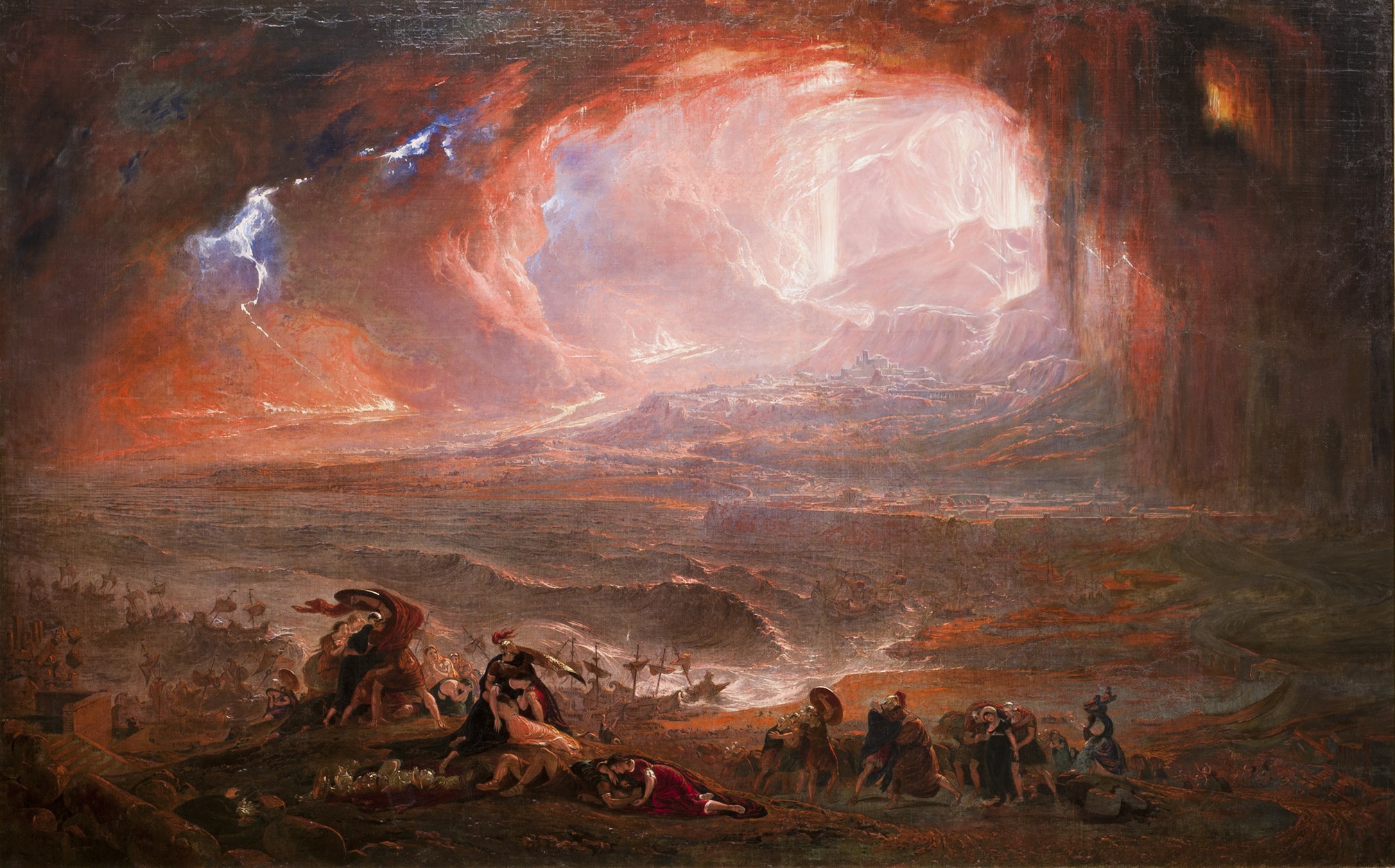
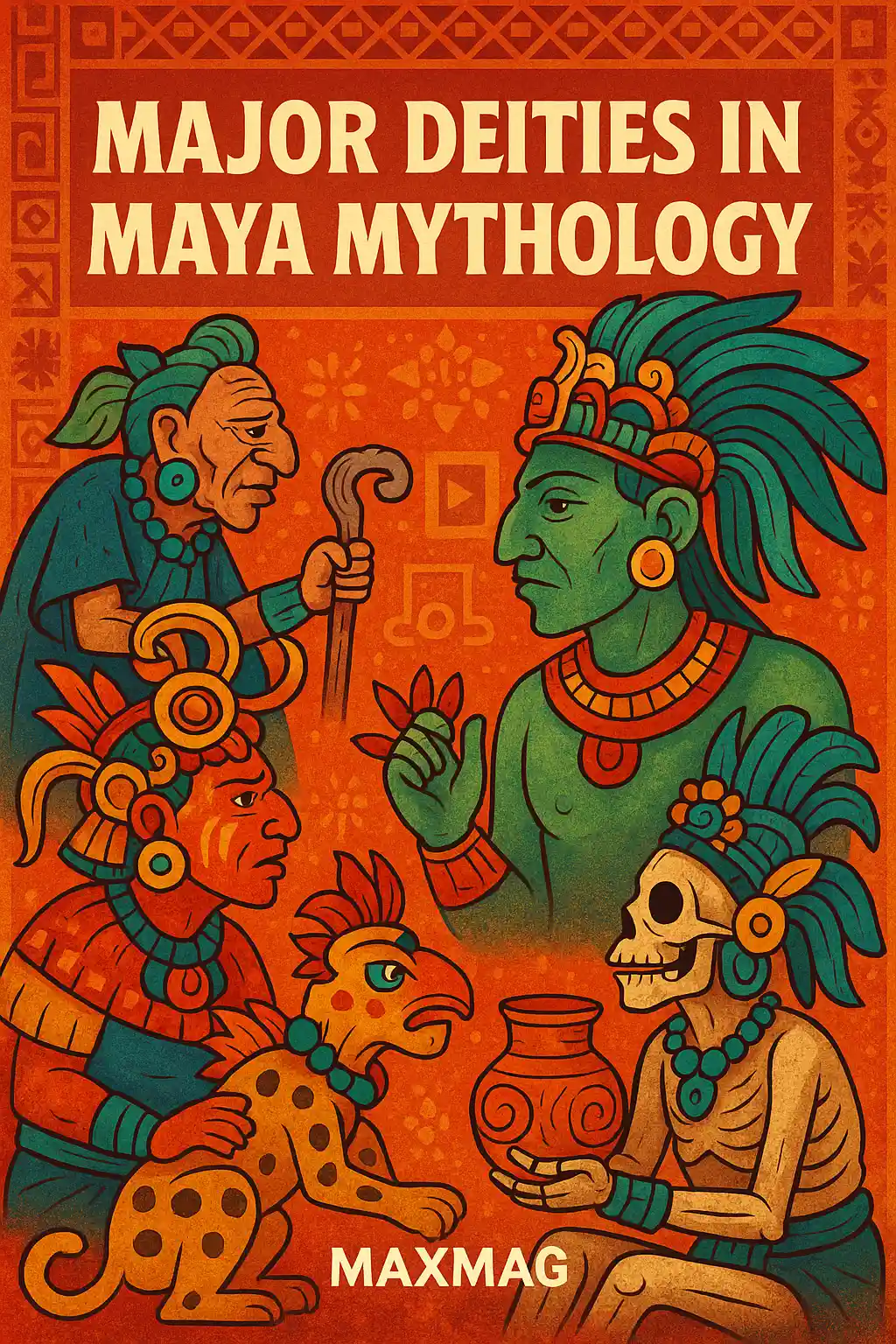

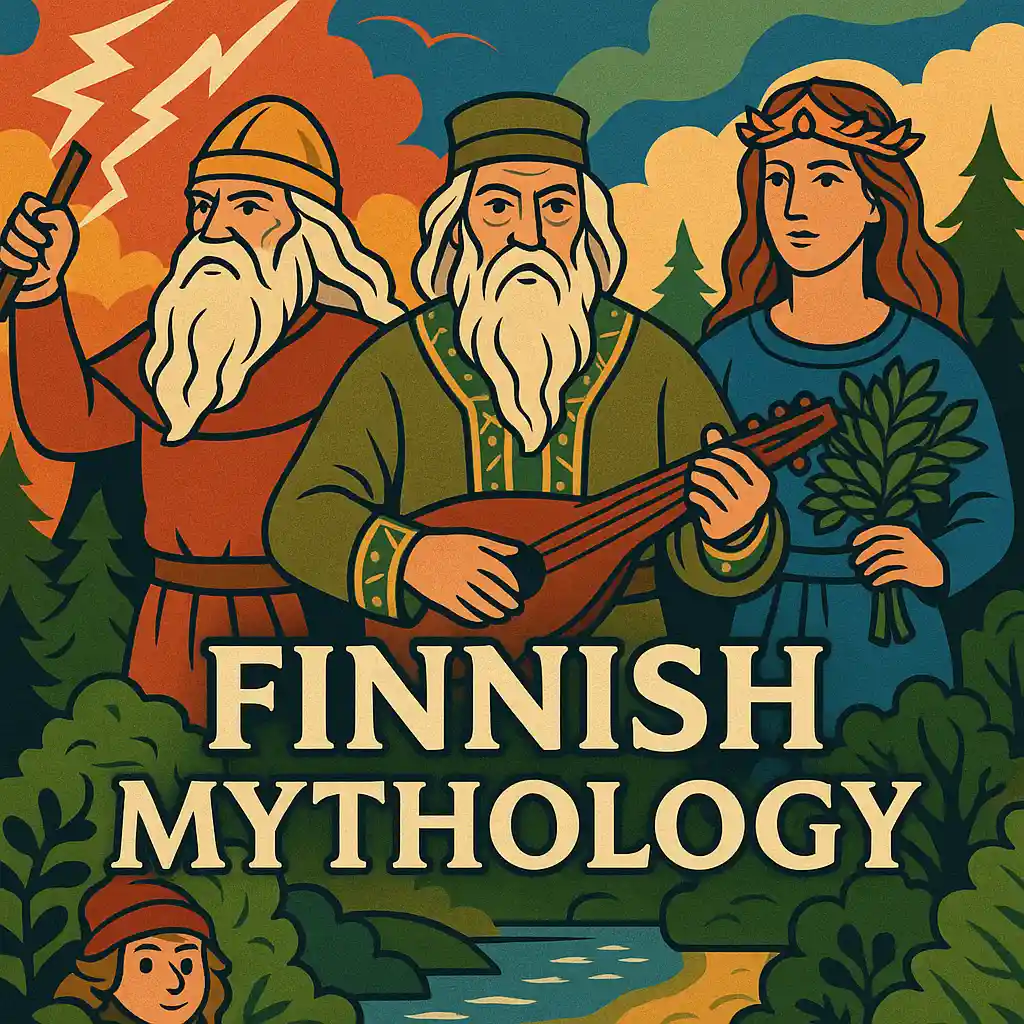
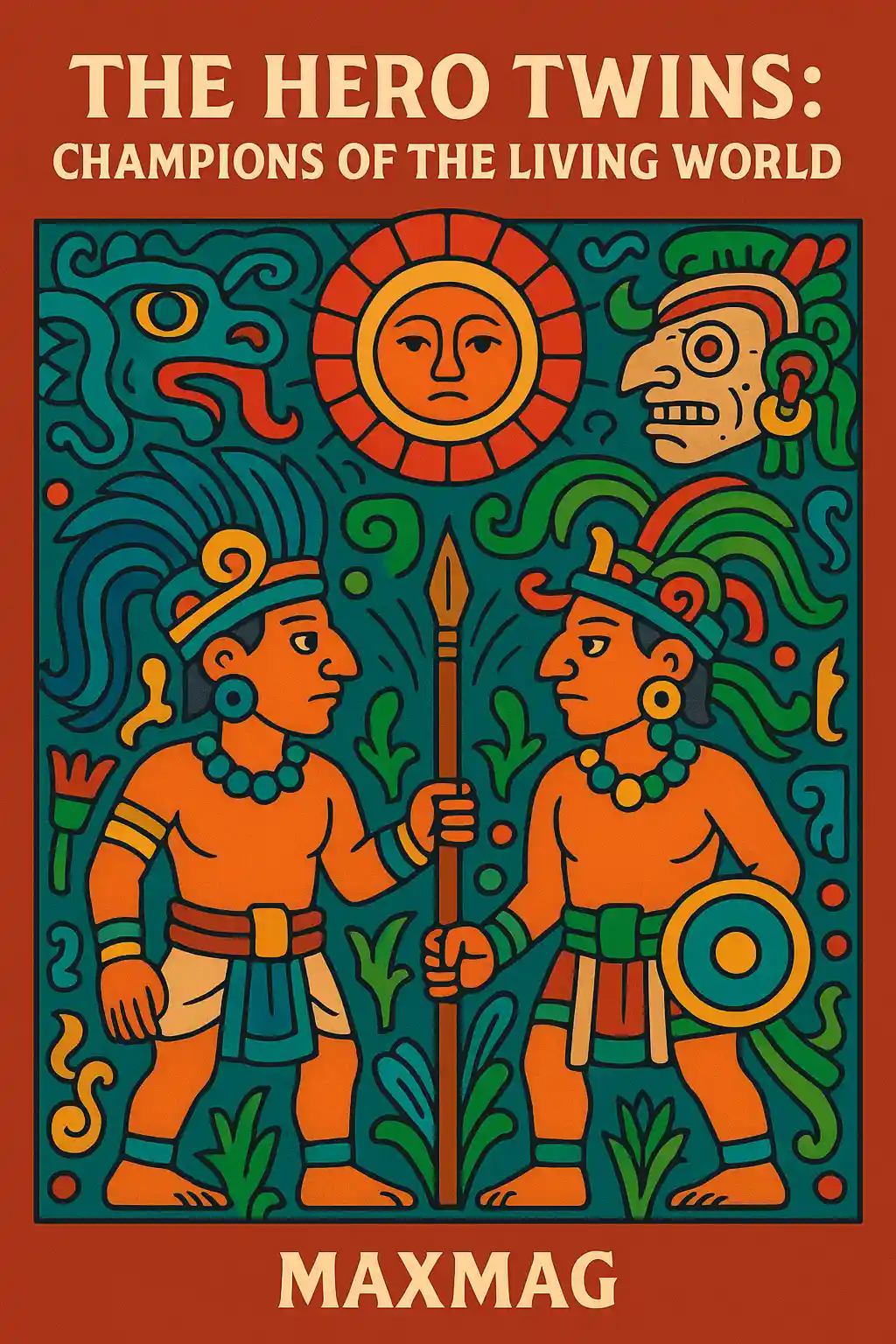 The Hero Twins: Champions of the Living World
The Hero Twins: Champions of the Living World